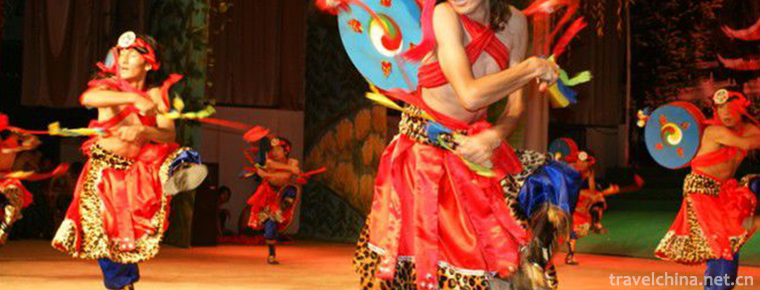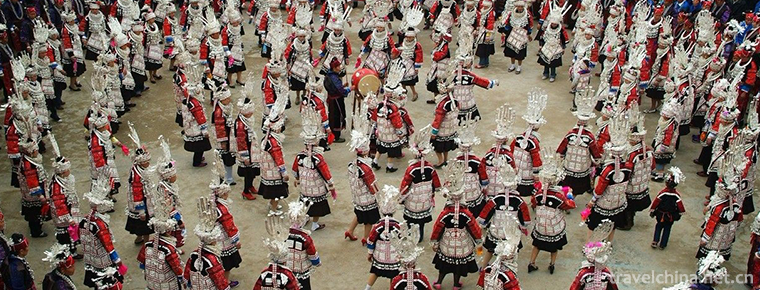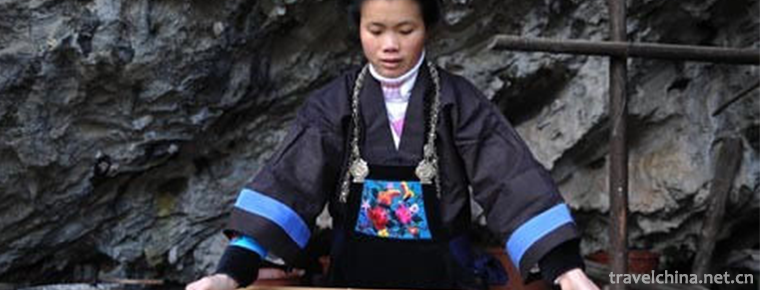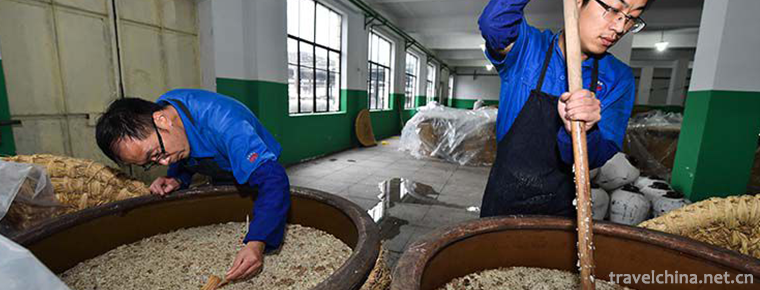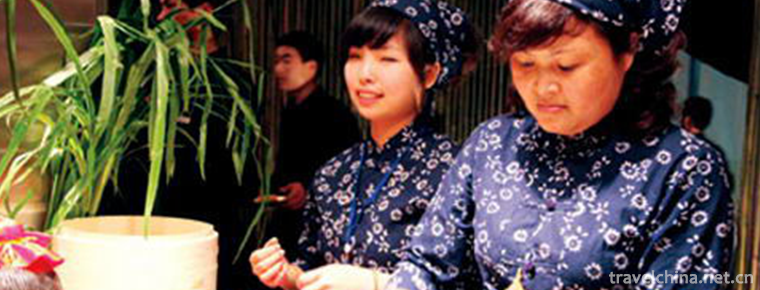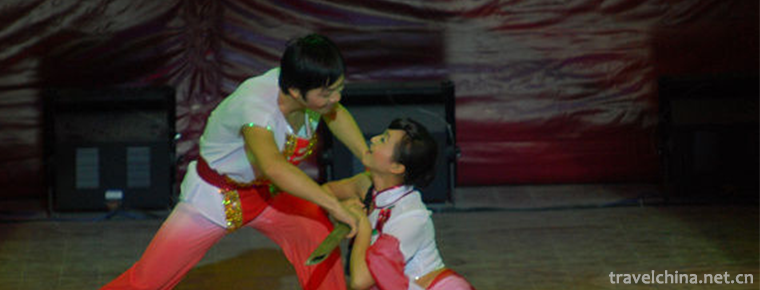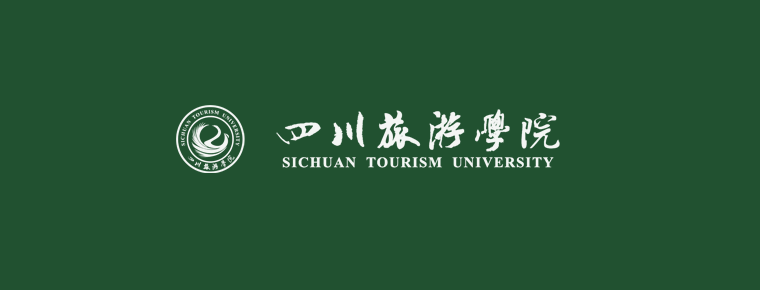Bullfight
Bullfight
Bull-wrestling is a traditional competitive sport of the Hui people. It means throwing, wrestling and throwing. It can also be called bullfighting of the Hui people. The Hui's bullfight is different from the Spanish bullfight. The Spanish bullfight needs to stab the bull with a sword. But the Hui people's cows, without any weapons, completely rely on personal courage and physical strength to throw the cattle down.
origin
The activity of cattle-feeding has been paid more attention in Hui inhabited areas, which is closely related to the Hui people's preference for beef and the frequent slaughter of cattle. Legend has it that a long time ago, there was a returning camp, living in nearly a thousand families, they have to slaughter hundreds of cattle every year during the Eid al-Adha. Every time the cattle were slaughtered, four or five strong young men took ropes and sticks and tied them together and fell. On one occasion, when a bull was tied up, a young man was injured by the bull. Soon he became "impermanent", and the villagers were very sad about it. On the second year of Eid al-Adha, there was a brave and intelligent young man, who was quick-sighted and did not need help. One man threw the cattle down with quick action. The villagers are full of praise and legends. Under his influence, every year to the Eid al-Adha, there are many shrewd young men to grab cattle one by one. Since then, cowling has become a traditional sports activity favored by the Hui people. Every year, the Eid al-Adha Festival specializes in performing.
rule
There are no strict rules for cow-rolling, mainly for the purpose of cattle-rolling in a certain period of time according to the strength and skills of each person. When the Hui people perform with cows, they are usually smart and flexible. When facing the big bull with sword-like antennae and thunderous jump, they step forward, grasp two horns with both hands, concentrate on them, and twist the head of the bull to one side. Then they immediately take the chin of the bull with their right shoulder and force the neck of the bull to another. The front feet of the bull kneel down immediately, and then press the neck of the bull forcefully through a series of twisting, carrying and pressing. The action brought down the bull and made it look up on all fours.
The rules are simple and the process is unique. The cowman's assistant first flirted with the cattle, causing them to run across the field. At this time, the Cowman appeared on the stage, facing the angry bull, the Cowman chose two hands to pull the horns of the bull, twist the head to one side, the cow struggled hard, the Cowman immediately held the head tightly, shouldered the chin of the cow, exerted all his strength, put his body on the neck of the cow, Newton lost balance, fell to the ground. This skill of twisting, carrying and pressing a cow is the main characteristic of a cow.
The state of cattle falling to the ground is divided into four grades according to the degree of technical difficulty.
Kneel on both knees (Level 4)
Abdominal landing (level 3)
Side to side (Level 2)
Four feet facing the sky (level 1)
The criteria for evaluating a cow depend on the skill of the Cowman and the different types of cattle falling to the ground. The types of cattle are single-arm, double-arm, shoulder, shoulder and so on.
On May 23, 2011, cows were listed in the third batch of national intangible cultural heritage list with the approval of the State Council.
Relevant
The Hui people's cows participated in the performance at the National Minority Sports Conference in 1982, and the audience applauded warmly. They were welcomed and praised by brothers and foreign Muslim friends.
cultural heritage
On May 18, 2010, the Ministry of Culture of China announced the third batch of national intangible cultural heritage list of recommended projects (new entries). Nanhu District, Jiaxing City, Zhejiang Province, declared the "cow" was included in the intangible cultural heritage of traditional sports, recreation and acrobatics.


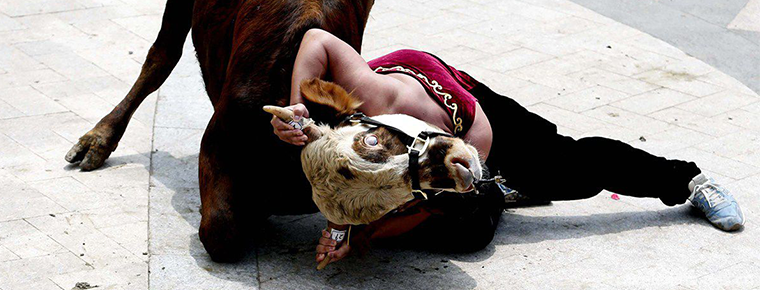
-
Nanjiang Grand Canyon
Nanjiang Grand Canyon is located in Kaiyang County in the middle of Guizhou Plateau, 54 kilometers away from Guiyang, the capital of Guizhou Province.
Views: 113 Time 2018-12-31 -
Baron drum dance
Balang is inspired by the intangible cultural heritage of Gansu Province. Tibetan is called "Sham Dance", "Sha Mu Dance" and "Sha Mu Dance". Tibetan means a kind of peace.
Views: 251 Time 2019-04-02 -
Jingzhou Miao Geku
The Miao people's song (tgong) has been declared as the first batch of national folk intangible cultural heritage and one of the two "national treasures" of Huaihua City..
Views: 132 Time 2019-05-08 -
Miao Sister Festival
Miao Sister Festival, also known as "Sister Rice Festival", is a traditional festival of Miao people in Laotun and Shidong areas of Taijiang County, Guizhou Province. It is held from March 1.
Views: 117 Time 2019-06-05 -
Leather Paper Making Skills
Leather paper making is an ancient Chinese traditional handicraft. Paper making is one of the four great inventions in ancient China. Bamboo paper and leather paper made from bamboo and tussah bark ar.
Views: 89 Time 2019-06-09 -
Brewing Techniques of Shaoxing Yellow Rice Wine
Shaoxing has a long history of brewing wine, which can be traced back to the Spring and Autumn Period and the Warring States Period. By the time of the Northern and Southern Dynasties, it was well-kno.
Views: 161 Time 2019-06-14 -
Production Techniques of Wufangzhai Zongzi
The traditional production techniques of Wufangzhai zongzi are mainly divided into 36 processes, such as material selection, rice dipping, leaf boiling, stuffing, shelling, wrapping, thread binding an.
Views: 213 Time 2019-06-29 -
Yihuanghe Bar Dance
Hebang dance is popular in Hedong area of Yihuang County, Jiangxi Province. It is a kind of traditional folk dance developed by mountain people from generation to generation, chopping branches on the .
Views: 250 Time 2019-07-12 -
Sichuan Tourism University
Sichuan Tourism College is the first independent tourism undergraduate college in China. In 2018, it was approved by the Overseas Chinese Office of the State Council as the base of "Overseas Chin.
Views: 149 Time 2019-08-31 -
Gongmu mountain
Gongmu mountain is located 5 kilometers southwest of Yanyuan County, Liangshan Yi Autonomous Prefecture, Sichuan Province. It is named after the stone on the mountain because it looks like two male and female genitals..
Views: 329 Time 2020-10-16 -
Jiufeng Mountain Scenic Area
Jiufeng Mountain is located in Dabao Township in the northwest of Pengzhou. It is about 97 kilometers away from Chengdu, with an altitude of more than 3315 meters. It is the crown of Pengzhou mountains, a sacred and mysterious area.
Views: 220 Time 2020-11-05 -
Wenchuan earthquake epicenter site
The earthquake site, located in Yingxiu Town, Wenchuan, Sichuan Province, is open all day..
Views: 135 Time 2020-11-07

